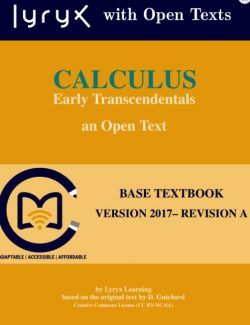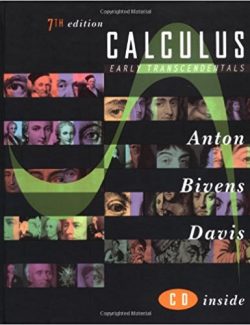Description
The emphasis in this course is on problems—doing calculations and story problems. To master problem solving one needs a tremendous amount of practice doing problems.
The more problems you do the better you will be at doing them, as patterns will start to emerge in both the problems and in successful approaches to them. You will learn quickly and effectively if you devote some time to doing problems every day.
Typically the most difficult problems are story problems, since they require some effort before you can begin calculating. Here are some pointers for doing story problems:
1. Carefully read each problem twice before writing anything.
2. Assign letters to quantities that are described only in words; draw a diagram if appropriate.
3. Decide which letters are constants and which are variables. A letter stands for a constant if its value remains the same throughout the problem.
4. Using mathematical notation, write down what you know and then write down what you want to find.
5. Decide what category of problem it is (this might be obvious if the problem comes at the end of aparticular chapter, but will not necessarily be so obvious if it comes on an exam covering several
chapters).
6. Double check each step as you go along; don’t wait until the end to check your work.
7. Use common sense; if an answer is out of the range of practical possibilities, then check your work to see where you went wrong.













Leave us a comment
No Comments